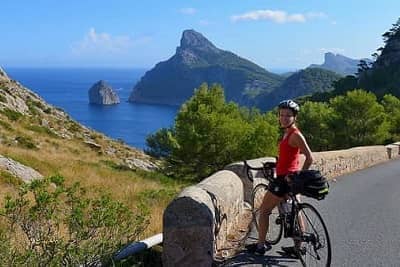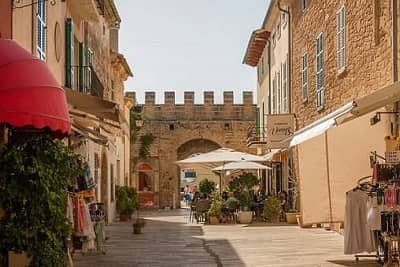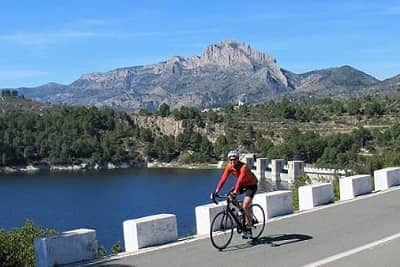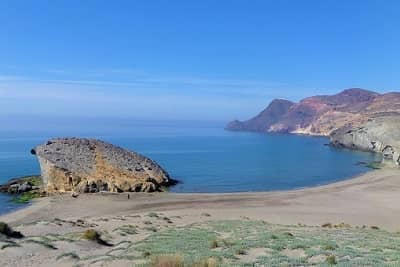How To Keep Your Feet Warm Cycling In Winter
Cycling during the winter can be highly enjoyable. Country roads are often less busy than in summer and, after the first ten minutes or so, you will warm up enough not to notice the cold. The exceptions to this, however, are the hands and the feet, which can at times feel like they are close to freezing and falling off.
There are several things you can do, however, to prevent your feet from suffering too much in the wintery conditions.
In our experience they do work well, but don't expect them to be a miracle solution. They won't completely prevent you from getting cold feet. For their price, they are also difficult to justify unless you live in a particularly cold country or have sever circulation problems.
There are several different types of overshoes. The warmest are made from neoprene and provide very good insulation, although they are a bit bulky and not very aerodynamic. Another type are more like elasticated socks; these are fine for keeping the wind out and will deflect any surface water, but are not so good if you want to go out in heavy rain or temperatures approaching 0°C.
If you really struggle with the cold, then one trick is to double up on overshoes. Put a thinner elastic type on first, and then put a thicker neoprene one on top. This can make a significant difference, although bear in mind that you may have to buy the overshoes in a larger size than normal.
Thin socks also have their problems. The clipless mechanism on cycling shoes is a big heat sink; it is basically a bit of ice cold metal covered perhaps by a thin insole. If you only wear thin socks, then that heat sink will be in almost direct contact with your foot for the duration of the ride.
Ideally, therefore, you want to combine the best of both kinds of sock - the ostensible warmth of thick socks, with the size of thin socks. Seal skin socks can offer this kind of compromise, as can other synthetic alternatives; however, these can be prohibitively expensive if you want to buy several pairs. Another option is to choose slighlty larger cycling shoes than you would normally opt for; you can then wear thick hiking socks while leaving room for circulation of both blood and air around your feet.
Some people swear by them, but for us, they are a bit too much faff, and we would rather put on an extra pair of overshoes and then forget about it during the ride.
In winter, your calves will become cold. There are not a great deal of nerves in this area, so they will not feel especially uncomfortable; the down side though, is that the blood that passes through the calves will also cool down. By the time it reaches the feet, it will have lost some of its potential to keep the feet warm, and the feet certainly have enough nerve endings to make you know about it!
We highly recommend cycling in the winter, even when it is cold. It can be peaceful and is a great chance to get outside and do some exercise.
There is one thing better though, which is cycling in winter where it is warm! Check out some of our cycling holidays in southern Spain detailed below, if you fancy escaping the cold for a week of warm winter riding.
There are several things you can do, however, to prevent your feet from suffering too much in the wintery conditions.
Dedicated Winter Shoes
The most extreme (and expensive) solution to the problem of cold feet is to purchase dedicated winter cycling shoes. Theses tend to be bulky things which are fully windproof and waterproof, and are often lined with a material such as gore-tex.In our experience they do work well, but don't expect them to be a miracle solution. They won't completely prevent you from getting cold feet. For their price, they are also difficult to justify unless you live in a particularly cold country or have sever circulation problems.
Overshoes
In our opinion, overshoes are the best solution to cold feet. As their name suggests, overshoes are simply an insulated, waterproof covering that goes over your cycling shoes, while leaving any clipless mechanism free to engage with the pedal. One of the best ways to prevent cold feet, is to avoid getting them wet. This can be easier said than done if you are cycling through fallen snow or rain; overshoes, however, do a decent job of keeping the water out.There are several different types of overshoes. The warmest are made from neoprene and provide very good insulation, although they are a bit bulky and not very aerodynamic. Another type are more like elasticated socks; these are fine for keeping the wind out and will deflect any surface water, but are not so good if you want to go out in heavy rain or temperatures approaching 0°C.
If you really struggle with the cold, then one trick is to double up on overshoes. Put a thinner elastic type on first, and then put a thicker neoprene one on top. This can make a significant difference, although bear in mind that you may have to buy the overshoes in a larger size than normal.
Socks
With the outside of the shoe fixed, it is time to look on the inside. People often put on the biggest, thickest socks that they can find in an effort to keep warm; unfortunately, this often has the opposite of the desired affect. The thick socks fill out the shoe and leave no air between the shoe and the foot to act as insulation. Even worse, they can at times restrict the blood flow to the feet, resulting in the inevitable cold.Thin socks also have their problems. The clipless mechanism on cycling shoes is a big heat sink; it is basically a bit of ice cold metal covered perhaps by a thin insole. If you only wear thin socks, then that heat sink will be in almost direct contact with your foot for the duration of the ride.
Ideally, therefore, you want to combine the best of both kinds of sock - the ostensible warmth of thick socks, with the size of thin socks. Seal skin socks can offer this kind of compromise, as can other synthetic alternatives; however, these can be prohibitively expensive if you want to buy several pairs. Another option is to choose slighlty larger cycling shoes than you would normally opt for; you can then wear thick hiking socks while leaving room for circulation of both blood and air around your feet.
Heated Pads or Insoles
You can also get certain pads and insoles which provide heat. They work either through a chemical reaction or by being charged electronically before each ride. The downside to these is that they are quite expensive and tend to add a bit of bulk to the cycling shoe, which might compromise your position if it is particularly dialled in.Some people swear by them, but for us, they are a bit too much faff, and we would rather put on an extra pair of overshoes and then forget about it during the ride.
The Legs
Some cyclists prefer to wear cycling shorts all year round; their legs are moving and feel fairly warm, so they see no need to wear full length cycling trousers. This can, however, be a cause of cold feet. Although the legs move during cycling and may not feel ostensibly cold; unless you are climbing hills, the calves have a relatively limited amount of movement.In winter, your calves will become cold. There are not a great deal of nerves in this area, so they will not feel especially uncomfortable; the down side though, is that the blood that passes through the calves will also cool down. By the time it reaches the feet, it will have lost some of its potential to keep the feet warm, and the feet certainly have enough nerve endings to make you know about it!
Cling Film
Finally, some professional cyclists and many amateurs swear by wrapping their feet in cling film before going out on a cold winter's day. The advantages to this are the potential waterproofing and windproofing effects. The downside, however, which may well counteract any benefits, is that cling film will make your feet sweat. Now, we are not particularly bothered about having smelly feet while cycling, but, as we have already mentioned, allowing your feet to get wet is a surefire way to suffer from cold feet quickly. The cling film can also bunch up and be a bit uncomfortable, so it's not something we really recommend.We highly recommend cycling in the winter, even when it is cold. It can be peaceful and is a great chance to get outside and do some exercise.
There is one thing better though, which is cycling in winter where it is warm! Check out some of our cycling holidays in southern Spain detailed below, if you fancy escaping the cold for a week of warm winter riding.
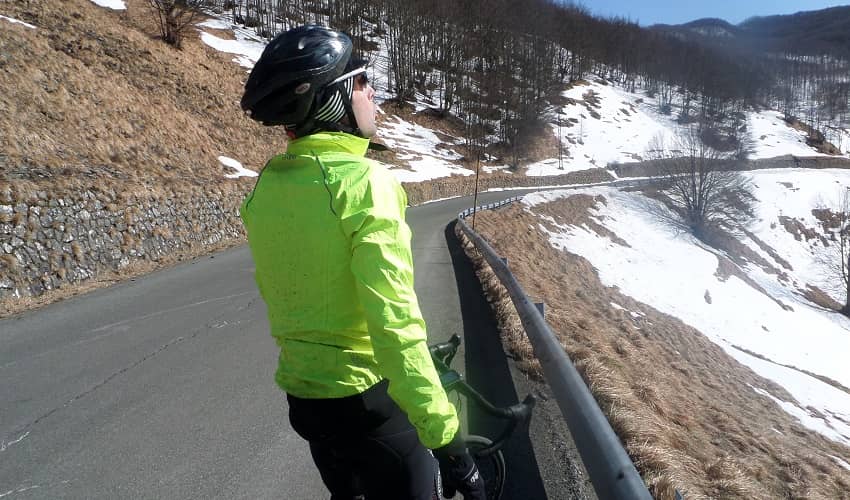
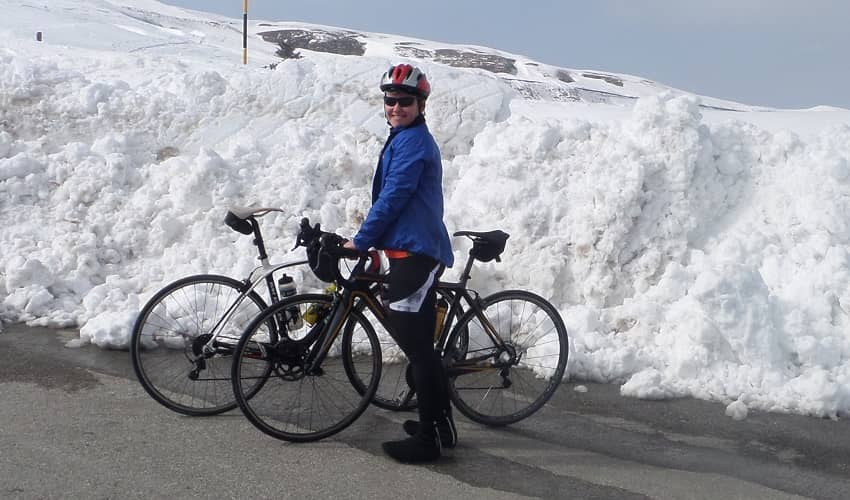
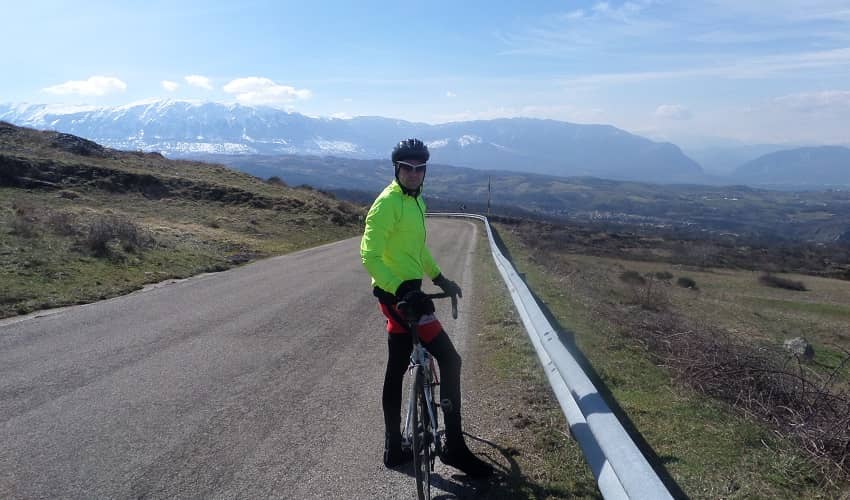
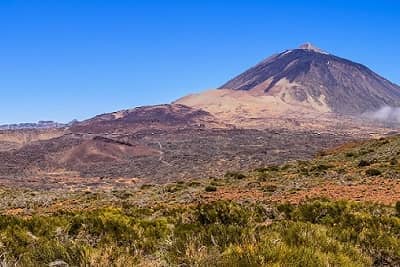
 Spain
Spain
